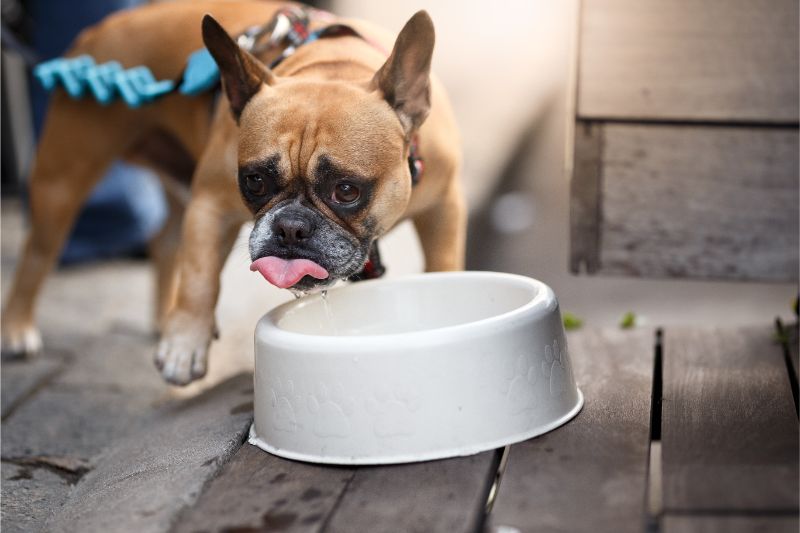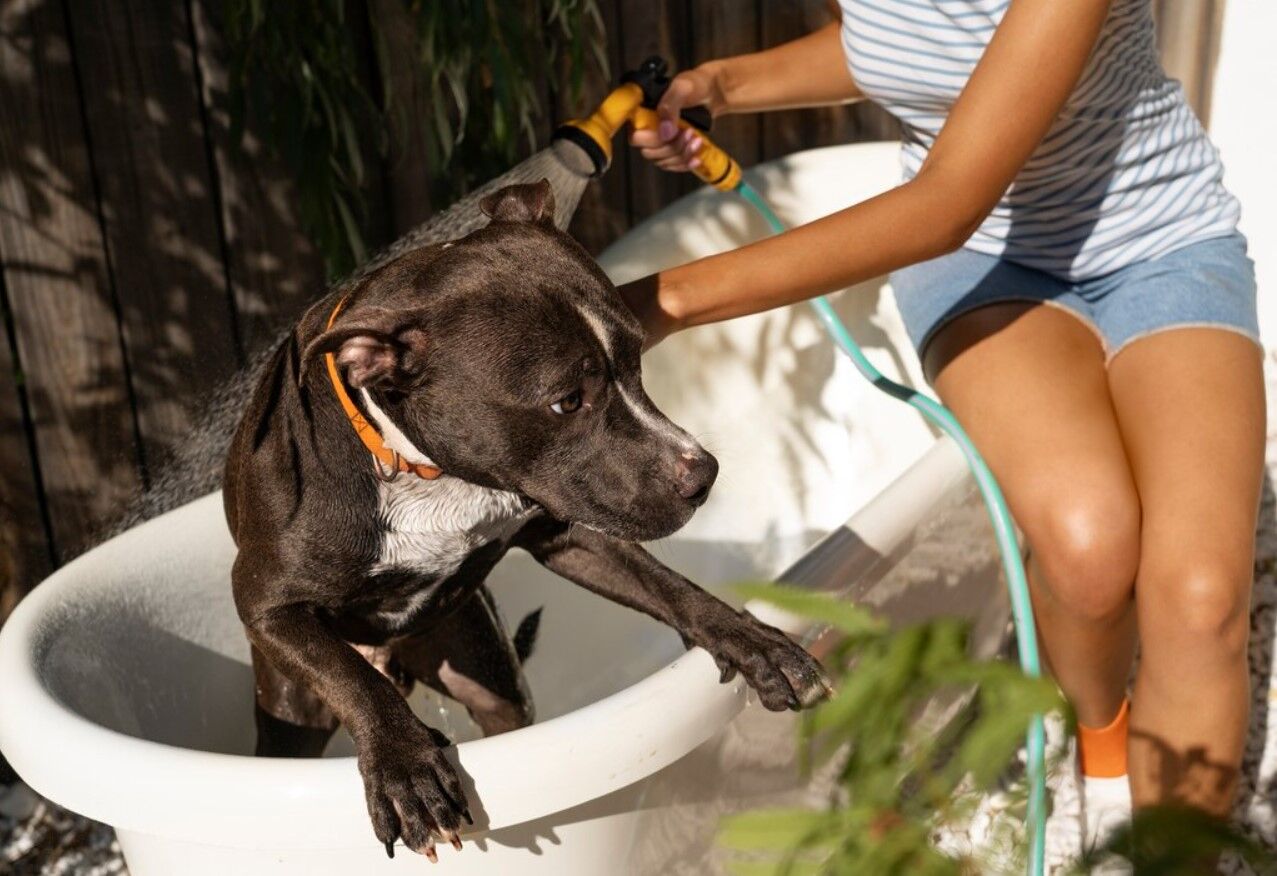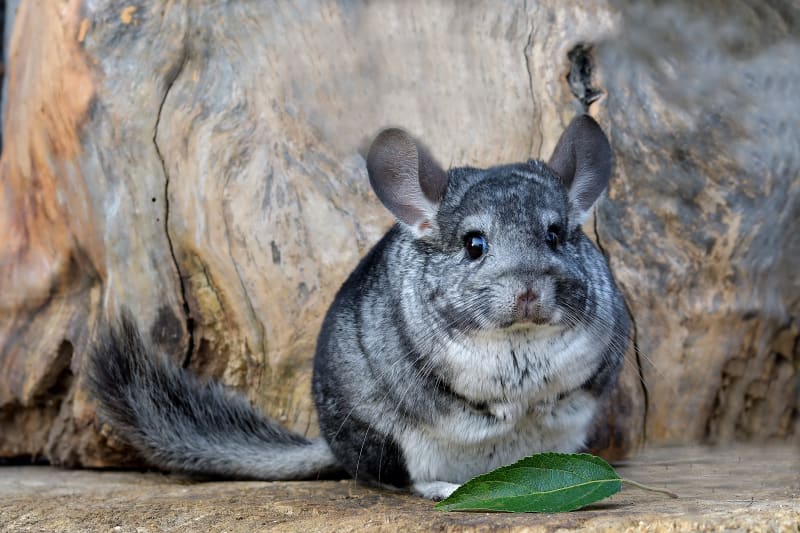As pet owners, we all want the best for our furry friends. Providing them with love, care, and attention is a given, but what about their physical well-being? Regular grooming is an essential part of domestic pet care, and it goes beyond just keeping them looking good. It plays a crucial role in maintaining their hygiene and overall health. While professional groomers offer valuable services, there are numerous benefits to grooming your pet at home. Not only is it cost-effective, but it also allows you to bond with your pet on a deeper level while keeping a close eye on their health. In this comprehensive guide, we will explore the benefits of home pet grooming and provide you with tips and techniques to help you become a pro at grooming your beloved companion animal.
Why Home Pet Grooming?
Cost-effective
Professional grooming can be quite expensive, especially if you have multiple pets or require frequent visits. According to the American Pet Products Association, pet owners in the United States spent $6.11 billion on grooming and boarding services in 2020 alone. This amount can add up quickly, especially for those with large breed dogs or long-haired cats that require more frequent grooming. By grooming your pet at home, you can save a significant amount of money in the long run.
Convenience
One of the most significant advantages of home pet grooming is the convenience it offers. With busy schedules and hectic lifestyles, finding time to take your pet to a professional groomer can be challenging. Additionally, it can be stressful for some pets to be taken out of their familiar environment and placed in a new setting. By grooming your pet at home, you eliminate the need for appointments and potential travel time, making the process much easier and more convenient for both you and your pet.
Bonding experience
Grooming provides a unique opportunity to connect with your pet on a deeper level. It also serves as a positive reinforcement tool, strengthening the bond between you and your beloved companion animal. The physical contact involved in grooming, such as brushing and petting, releases endorphins in both you and your pet, promoting feelings of happiness and relaxation. This shared experience can also help to build trust and create a strong bond between you and your pet.
Early detection of health issues
Regular grooming sessions allow you to closely examine your pet’s body for any signs of skin conditions, parasites, or injuries. Unlike humans, pets cannot verbally communicate when they are feeling unwell, so it is crucial to pay close attention to their physical appearance and behavior. By grooming your pet at home, you can detect any potential health issues early on, giving you time to seek proper veterinary care before the condition worsens.
Preparing for Home Pet Grooming
Before diving into the actual grooming process, it is essential to prepare yourself, your pet, and your grooming space. Here are some key steps to follow:
Gather all necessary tools and supplies
To ensure a successful grooming session, make sure you have all the necessary tools and supplies ready beforehand. These may include a brush, comb, nail clippers, ear cleaning solution, toothbrush and toothpaste, shampoo, towels, and treats. Having everything within reach will make the process smoother and more efficient.
Familiarize your pet with the grooming tools
Introducing your pet to the grooming tools before the actual grooming session can help them feel more comfortable and relaxed. Let them sniff and explore the tools while giving them praise and treats to create a positive association. This step is especially crucial for young or first-time groomed pets who may be unfamiliar with the process.
Choose an appropriate grooming area
Select a designated area in your home for grooming your pet. This could be a bathroom or laundry room with an open counter or a designated grooming table. Make sure the area is well-lit, well-ventilated, and has easy access to a water source. It is also important to choose a location where your pet feels comfortable and relaxed.
Make sure your pet is calm and relaxed
Before starting the grooming process, it is crucial to ensure that your pet is in a calm and relaxed state. This may involve taking them for a walk or playing with them to expend any excess energy. Grooming a hyper or anxious pet can be challenging and potentially dangerous, so make sure they are in a calm state of mind before beginning.
Grooming Tips for Dogs

Dogs come in a variety of sizes and breeds, each with their own unique grooming needs. However, here are some general tips and techniques for grooming your furry canine friend at home.
Brushing
Regular brushing is essential for maintaining your dog’s coat and skin health. The type of brush you use will depend on your dog’s coat type, but generally, a slicker brush works well for most breeds. Start by brushing against the direction of hair growth, then follow up by brushing in the direction of growth to remove any loose fur, dirt, or debris. Be gentle and avoid tugging on knots or mats, as this can be painful for your dog. For longer-haired breeds, you may need to use a comb to detangle any knots or mats gently.
Bathing
Bathing your dog too frequently can strip their skin and coat of natural oils, leading to dryness and irritation. On average, most dogs only need to be bathed once every three months, unless they get particularly dirty or have a skin condition that requires more frequent bathing. Use a shampoo specifically made for dogs, and make sure to rinse thoroughly to avoid leaving any residue behind. After bathing, make sure to dry your dog’s coat thoroughly, especially if they have a thick or long coat.
Nail trimming
Regular nail trimming is essential for your dog’s comfort and mobility. Long nails can cause discomfort and even pain, making it difficult for your dog to walk or run properly. Use nail clippers or a nail grinder specifically designed for dogs and only trim the tips of the nails to avoid cutting the quick (the pink area containing blood vessels and nerves). If you are unsure about how to trim your dog’s nails safely, consult with a professional groomer or veterinarian.
Ear and dental care
Cleaning your dog’s ears and teeth may not be the most glamorous part of grooming, but it is crucial for their overall health. Use an ear cleaning solution and cotton balls to gently clean the outer ear. Do not insert anything into your dog’s ear canal, as this can cause damage. For dental care, use a toothbrush and toothpaste specifically made for dogs and brush their teeth regularly to prevent plaque buildup and other oral health issues.
Dealing with shedding
Some dog breeds shed more than others, and managing the excess fur can be challenging. Regular brushing can help control shedding, but using a deshedding tool can be particularly effective in removing loose hair from the undercoat. Additionally, having your dog professionally groomed every few months can also keep shedding under control.
Grooming Tips for Cats

Depending on their breed, cats may require different levels of grooming. However, here are some general tips and techniques for maintaining your feline friend’s hygiene at home.
Brushing
Regular brushing helps to remove dead hair, dirt, and dander from your cat’s coat. It also helps to distribute natural oils, keeping their fur healthy and shiny. Use a slicker brush or a comb specifically made for cats, and be gentle when brushing, especially around sensitive areas such as the belly and armpits. If your cat has a longer coat, you may need to use a de-shedding tool or a mat breaker to remove any knots or mats.
Bathing
Cats are known for being self-groomers, so they typically do not require frequent baths. However, if your cat gets particularly dirty, has a skin condition, or is unable to groom themselves properly, bathing may be necessary. Use a shampoo specifically made for cats and make sure to rinse thoroughly to avoid leaving any residue behind. After bathing, dry your cat’s coat with a towel and then allow them to groom themselves to distribute natural oils.
Nail trimming
Regular nail trimming is crucial for keeping your cat comfortable and happy. Use nail clippers or a grinder specifically designed for cats and only trim the tips of their nails. It is essential to approach nail trimming with caution, as some cats may become anxious or aggressive. If you are unsure about how to trim your cat’s nails safely, consult with a professional groomer or veterinarian.
Ear and dental care
Cleaning your cat’s ears and teeth is just as important as it is for dogs. Use an ear cleaning solution and cotton balls to gently clean the outer ear. Avoid inserting anything into your cat’s ear canal, as this can cause damage. For dental care, use a toothbrush and toothpaste specifically made for cats and brush their teeth regularly to prevent plaque buildup and other oral health issues.
Dealing with shedding
All cats shed, but some breeds shed more than others. Regular brushing will help to control shedding, but using a deshedding tool can be particularly effective in removing excess fur from the undercoat. Additionally, having your cat professionally groomed every few months can also keep shedding under control.
Special Considerations for Exotic Pets
Grooming needs vary greatly among exotic pets, such as rabbits, guinea pigs, and birds. For these animals, grooming may involve trimming their nails, brushing their fur or feathers, and cleaning their ears and teeth. It is essential to do your research and consult with a veterinarian or a professional groomer before attempting to groom any exotic pet, as they may have specific grooming requirements.

Rabbits
Rabbits require regular grooming to keep their coat clean and free from tangles or mats. Depending on the breed, some rabbits may need daily brushing, while others may only need it once a week. Use a soft-bristled brush or a comb specifically made for rabbits and be gentle to avoid causing any discomfort.
Guinea pigs
Guinea pigs have a dense coat that requires regular brushing to remove dead hair and prevent matting. Grooming them once or twice a week should suffice, but long-haired breeds may need more frequent grooming. Use a soft-bristled brush or a comb specifically made for guinea pigs and be gentle to avoid hurting their delicate skin.
Birds
Birds have unique grooming needs, depending on their species and individual characteristics. While some birds may require regular bathing, others may only need occasional misting or wiping down with a damp cloth. Consult with a veterinarian or an experienced bird groomer for advice on how to properly groom your feathered friend.
Conclusion
Home pet grooming can be a fulfilling and rewarding experience for both you and your beloved companion animal. Not only does it save you money and offer convenience, but it also allows for a closer bond between you and your pet. By following the tips and techniques outlined in this comprehensive guide, you can ensure that your furry friend’s hygiene and overall health are well-maintained. Remember to always approach grooming with patience, gentleness, and positive reinforcement, and don’t hesitate to seek professional help if needed. With proper grooming, your pet will not only look good, but they will also feel good, leading to a happy and healthy life together.
wfriv.xyz